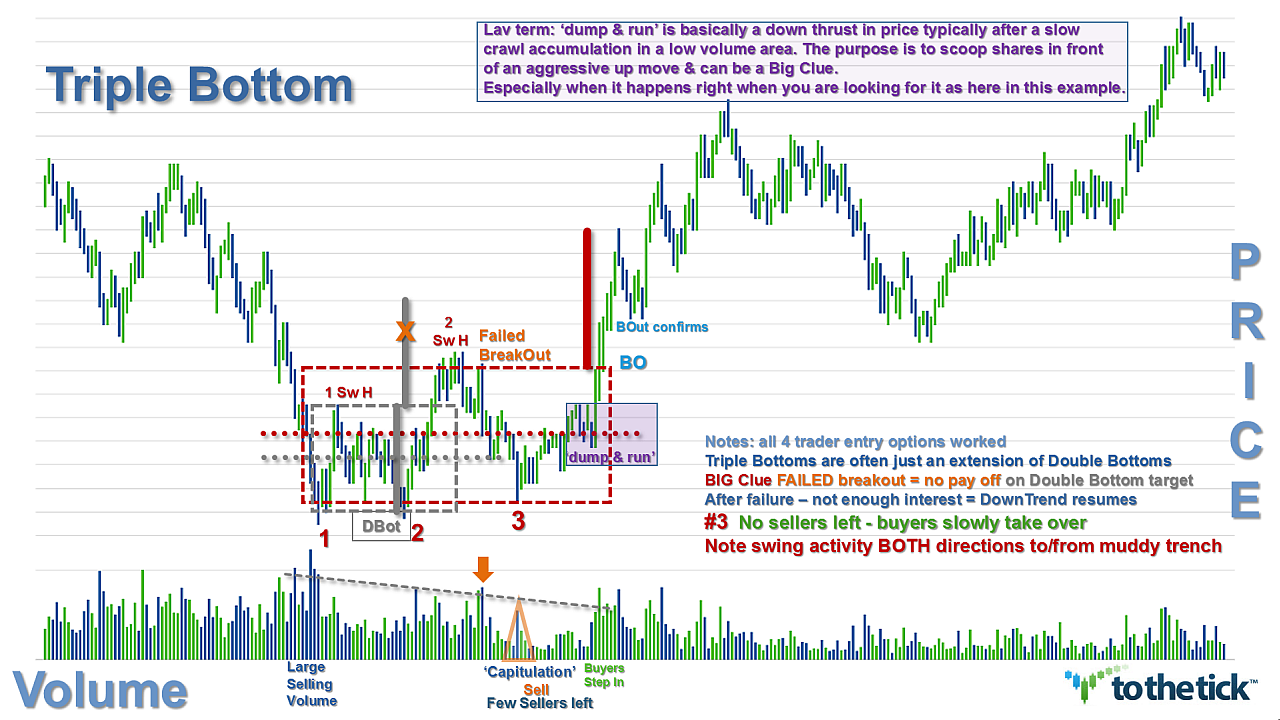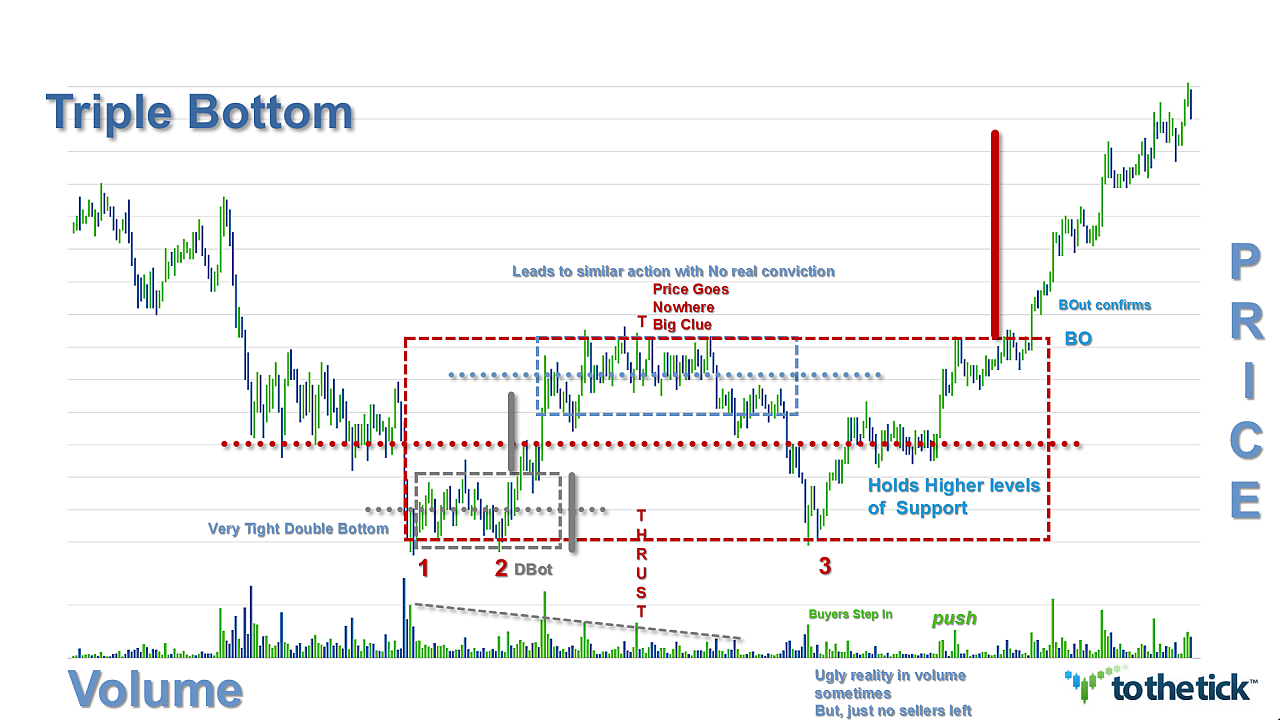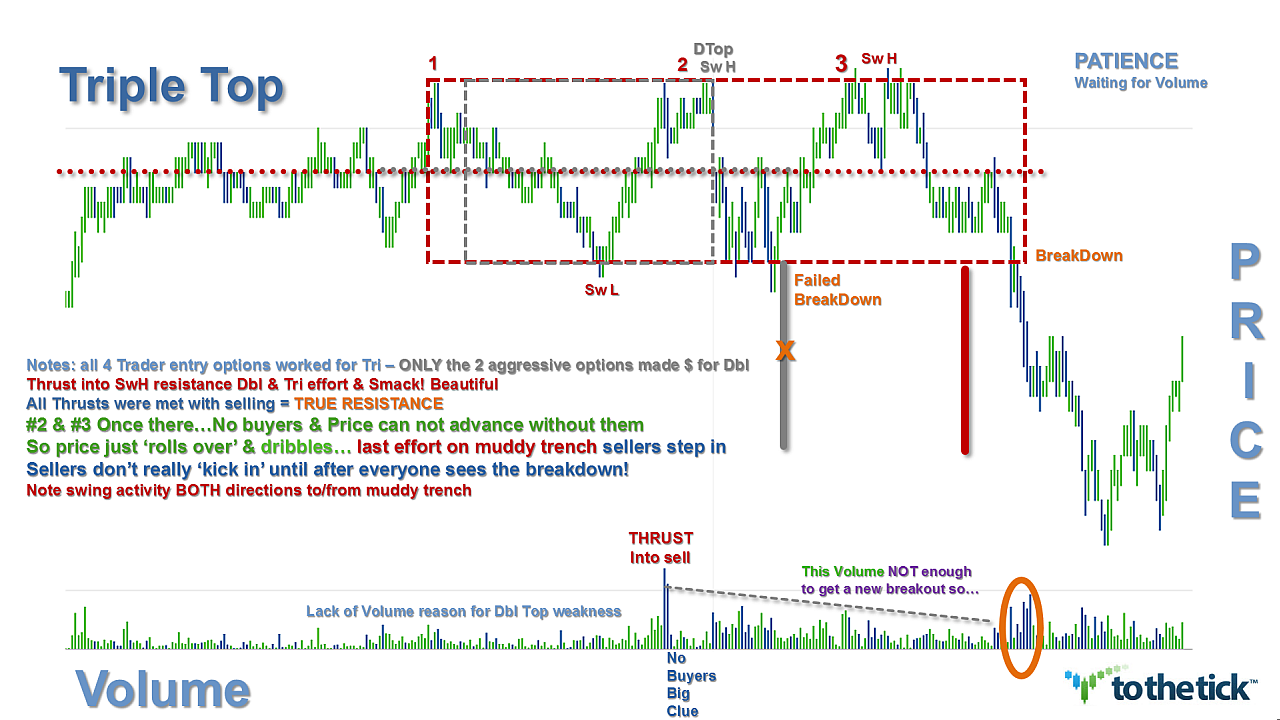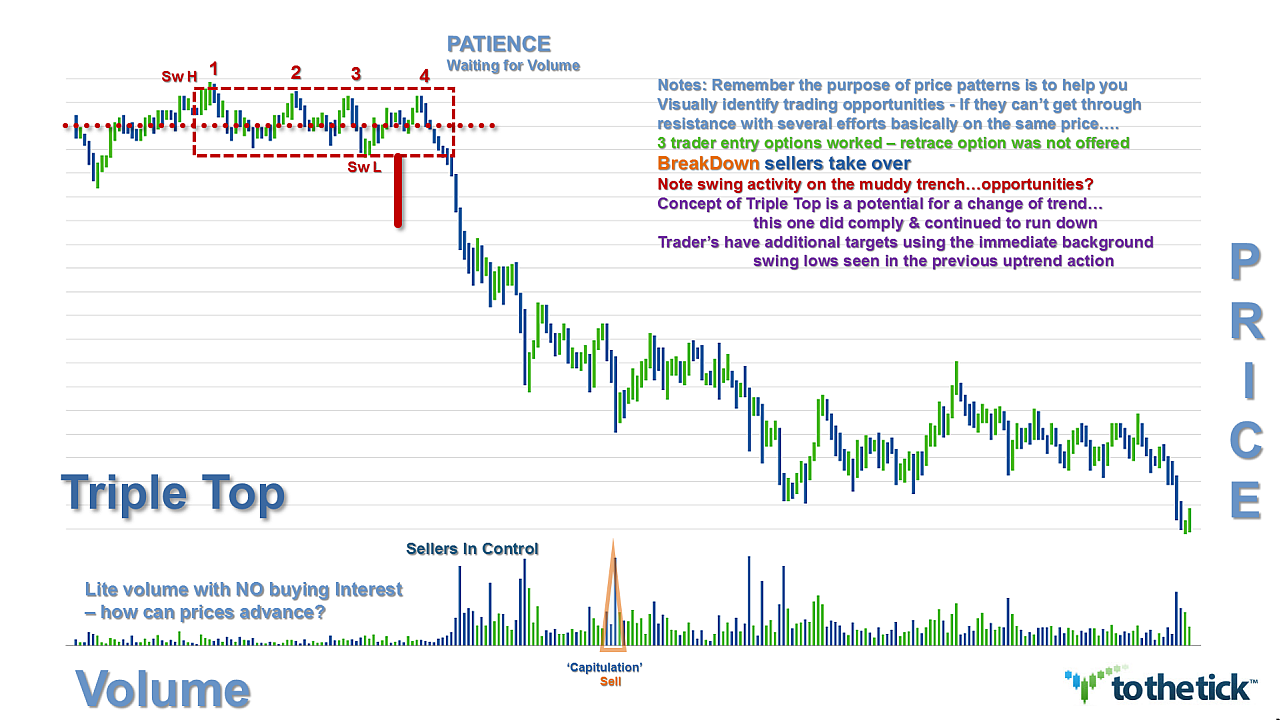By Tyler Durden
In a moment of surprising clarity, Deutsche Bank's Jim Reid pointed out what is largely taboo in the financial industry - the truth. "Looking back, real GDP growth in the US through the latter half of the 2000s and the 2010s has been at the lowest levels since the cyclically scarred decades of the Great Depression and the First World War."
What is amusing, is the constant state of shock of supposedly serious people who are stunned that despite the Fed being constantly in the markets, and buying up trillions in securities, the US economy has not responded in a favorable manner. Of course, nobody has pointed out that if all it took to generate growth out of thin air without consequences was for the Fed to print, i.e., monetize debt, this would have started 100 years ago in 1913, and by now the US economy would be so advanced it would be colonizing Uranus. Logic, however, is not a Keynesian economist's best friend.
That said, the reasons surrounding the lack of US growth are secondary for the time being. A bigger question is what happens from here, now that even respected banks, and even ivory tower economists have admitted that QE has been a complete failure for the broader economy, and the common American, benefiting only the uber-wealthy. Which leads us to a different topic. Syria.
With much of the discussion behind the motives for the Syrian (at first, then coming to a city near you) war focusing on gas pipelines, chemical weapons, moral right, exceptionalism or the lack thereof, boosting deficit spending and permitting the untaper, one issue has been left unaddressed. Perhaps the most important one. Economic growth. Which is surprising, it is not as if the US has not found itself in a position in which its real economic output was far lower than its potential output.
For an uncanny historical analogue of the current economic predicament, we have to go back only 70 years or so back, to the time of the first Great Depression: that was the first and ostensibly last time, when the US economy was performing in a comparably subpar fashion to trendline.
So in an extreme (if logically forthcoming) scenario when the Fed's final proposed fallback strategy of "forward guidance" which is destined to replace QE now that tapering is on the table, were to fail, as many already suggest it will (just look at the BOE), the final solution for the US central bank is one - Nominal GDP Targetting, which stripped of its fancy title is really a euphemism for "print until you drop", or rather monetize securities and inject money without regard for inflation (paradropping bundles cash may well be allowed as Ben Bernanke would be happy to admit), with the only intention of promoting growth at any cost.
So here is what Deutsche has to say about this potential outcome:
There has been some debate about possibly targeting the level of NGDP and perhaps such a policy should get more airtime. Such a policy was first mooted in the late 1970s and by the late 1980s was offered as a possible successor to the money targeting of that decade. A NGDPT would embody two major changes from current policy. First the central bank would act to stabilise nominal GDP, rather than inflation, at some constantly increasing level. Second it would target the level of nominal GDP rather than its rate of change.
The special feature of NGDPT is this second distinction. Currently if a central bank aiming to hit a 2% annual inflation target were to undershoot and achieve only a 1% rate then when the next year came around, the central bank would have to enact monetary policy still with the aim of hitting a 2% inflation rate. It’s 1% miss the previous year is forgotten. With a level target if the central bank’s objective is to hit a level of NGDP 2% higher at the end of the year then at the start, and it achieved only a 1% increase, then in the next year it has to make up for lost ground and put in place expansionary policies to grow the nominal economy by an extra 1% on top of the +2% it would have been expected to hit anyway.
This demand to correct for past mistakes can have big implications down the road. Let’s continue with the above example of the central bank who undershoots by 1%. After 5 years (see Figure 90) the central bank would have to try to generate 7% nominal growth in the next year. After 10 years it would need 13% nominal growth. After 100 years the hapless undershooter would need to almost treble (x2.7 or +170%) the size of the nominal economy.
This last and rather extreme figure isn’t far away from where a nominal GDP targeting Fed would have found itself in 1933 (see Figure 91, LHS). If the Fed had been told to achieve a level of nominal GDP consistent with a 5%-a-year growth rate (the 1790-1929 average) after 1929 then by 1933, after 3 years of Depression, the Fed would have had to have generated 135% growth in 1934 to get back on “target”. As it turned out, the US economy managed to grow at an average of 13.5% a year over the next 10 years and was back on ‘target’ by 1944.
We'll get back to this key bolded sentence in a second, but first let's conduct a thought experiment of a world in which the Fed was expected to "catch up" to its trendline growth rate until the collapse of Lehman:
Fast forward to the end of 2012 and assuming the central bank was targeting a level of NGDP consistent with an increase post-2007 at its NGDP 1990- 2007 average growth rate of 4.7% (see Figure 91, RHS) then the central bank would need to ensure a 2013 growth rate of 18%. Assuming a more spaced out catch up rate of reducing the gap by 2% a year then the US economy would be back on track by 2019 (see Figure 92), requiring an average growth rate of 6.7% a year.
The key difference between a nominal GDP target and an inflation target is that central banks would, after a period of economic slowdown, be ready to accept a higher inflation level and/or (ideally) above-trend real GDP growth for a time to get the economy back on track. Inflation picking up to 3%, 4% or even 5% a year would no longer be viewed as a failure of the central bank. Indeed it would likely be a central aim of its policy as it seeks to eliminate the nominal GDP “gap”. For this reason adopting a Nominal GDP target would mark a fundamental change in monetary policy, far beyond what has so far been seen. Would it be a change for the better or for the worse?
Rhetorical questions aside, the problem with 5% or higher inflation, aka "central bank success" is now a non-starter for the simple reason highlighed earlier, namely that over the past five years the US has generated $1 of GDP for every $18 of debt, leading to a G7 debt/GDP of a mindboggling 440%, the function of $140 trillion in consolidated "developed world" debt.
And since inflation brings with it a comparable rise in rates, suddenly this mountain of debt would be forced to generate cash interest payments. As Deutsche Bank opined:
In an ultra low interest rate environment (short and long-term rates), it’s possible to carry this debt in a low growth environment but with little deleveraging taking place it creates a fragile environment that leaves these economies vulnerable to shocks and policy errors.
If rates were to rise notably from these ultra low levels, this could be just such a shock. This is why in spite of the recent sell-off, rates are likely to stay lower for longer as the alternative could be highly destabilising given the extreme debt burden being carried across large parts of the world.
In other words, targeting GDP for the sake of GDP, concerns about inflation aside, when soaring inflation would also lead to surging interest rates, has become impossible.
So what is the only possible way out left for a country in which monetary policy has failed on all fronts except to inflate asset prices to stratospheric levels, and yet the economy still refuses to budge? For the answer we go to Deutsche Bank one last time:
During the US Great Depression the huge declines in consumer and businesses confidence in the face of mass unemployment can be seen in the extremely and persistently low level of velocity.... As it turned out, the US economy managed to grow at an average
of 13.5% a year over the next 10 years and was back on ‘target’ by 1944.... Velocity also moved during the recovery from the Great Depression as the US war machine swung into action in the early 1940s.
In other words, at a time when the US was in almost an identical predicament and GDP catch up would have been impossible by any other means, what happened? World War. Luckily, for the US it generated unprecedented growth and cemented its status as the world's super power, and the USD as the reserve currency. Others were not so lucky.
Are we the only ones who suggest that the only outcome is a military one? No. Recall from Kyle Bass:
Trillions of dollars of debts will be restructured and millions of financially prudent savers will lose large percentages of their real purchasing power at exactly the wrong time in their lives. Again, the world will not end, but the social fabric of the profligate nations will be stretched and in some cases torn. Sadly, looking back through economic history, all too often war is the manifestation of simple economic entropy played to its logical conclusion. We believe that war is aninevitable consequence of the current global economic situation.
"Inevitable"
Which also means preconceived from the start. So despite a recent sense of detente in Syria, pay close attention: never since the cold war has the world been so close to the edge of a full-blown global military conflict. Whether or not the Syria "trigger" has been produced as the catalyst that will spark growth, or is merely a precursor to such an event is still unclear. However with every passing day, the US economy lags ever more behind its "trendline" and the common man gets left ever further behind the superclass of financial asset oligarchs, a state which the president opined recently was unacceptable. The question is whether millions of war casualties for the sake of yet another economic "golden age" aren't.




































 Wolf Richter
Wolf Richter